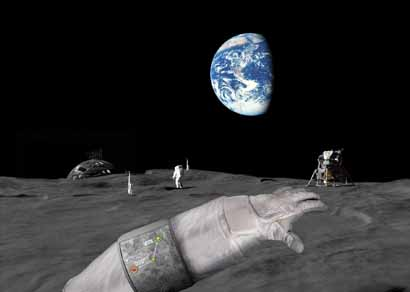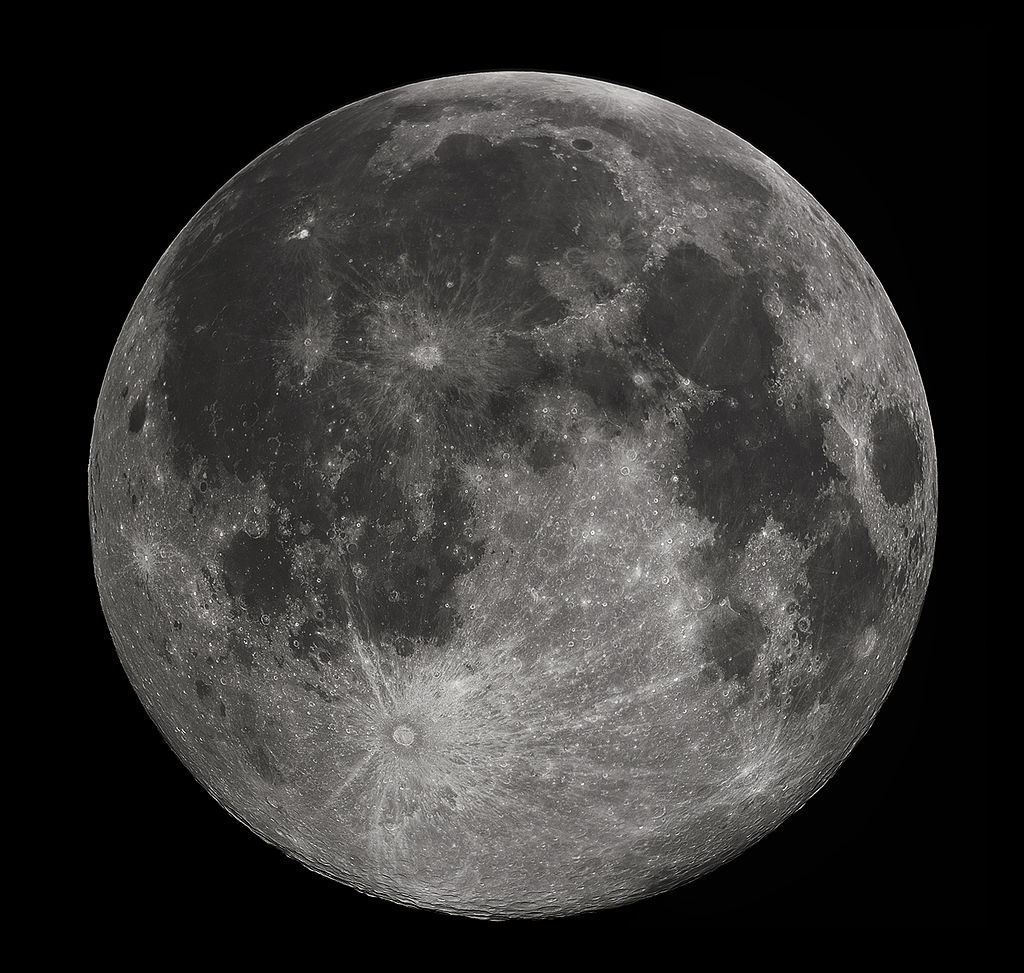GPS is ubiquitous on Earth. It guides everything from precision surveying to aircraft navigation. To realize our vision of lunar exploration with a sustained human presence, we’ll need the same precision on the Moon.
That starts with an accurate clock.
The USA’s National Institute of Standards and Technology (NIST) is developing a framework for the precision measurement of lunar time. They’re paving the way for lunar GPS, which could enable the type of precise position finding necessary for lunar navigation and could also contribute to future space missions.
“The proposed framework underpinning lunar coordinate time could eventually enable exploration beyond the Moon and even beyond our solar system.”
Bijunath Patla, physicist, NIST
GPS works because it measures time with extreme precision. Each GPS satellite has an atomic clock. GPS receivers receive signals from multiple GPS satellites at once and then determine their location by the time it takes to receive those signals. All Global Navigation Satellite Systems (GNSS), like the ESA’s Galileo system, work on the same principle.

But the challenge is creating a lunar GNSS that can coordinate accurately with Earthbound GNSS. Relativity is the sticking point.
Einstein’s relativity tells us that two clocks in different locations will tick at different speeds because of local gravity. An atomic clock on the surface of the Moon would tick faster than one on Earth by about 56 milliseconds per day because gravity is weaker. That’s not a big deal for consumer-level GPS. But when it comes to precision activities like landing a spacecraft, the different clock speed is a problem.
Relativity also tells us that people on Earth experience time differently than people on the Moon. Gravity effects from the Moon orbiting Earth and Earth orbiting the Sun can have a pronounced effect on navigation and communications.
The NIST’s solution to these problems is ‘Master Moon Time.’ It would set a temporal reference point for one location on the Moon, and all other locations would refer to it, similar to how the UTC works on Earth.

The Lunar Positioning System (LPS) would consist of a network of high-precision atomic clocks at various locations on the Moon. A fleet of lunar satellites would also contain atomic clocks. All of these precision clocks would provide the time signals needed for precise navigation.
Atomic clocks are precise because they’re based on the oscillations of atoms, often cesium-133, but also using elements like rubidium or hydrogen. In fact, the official definition of a second is based on the oscillation of cesium-133. Their accuracy is extreme: the most accurate ones can keep time to within one second over one billion years.
Cesium-133 clocks can be heavy compared to other types of atomic clocks, so satellites often use rubidium atomic clocks. The GPS system most commonly uses rubidium, but cesium and hydrogen clocks are used, too, depending on requirements. The ESA’s Galileo system uses both rubidium and hydrogen clocks on the same satellite, with the rubidium clocks serving as backups.

“It’s like having the entire Moon synchronized to one ‘time zone’ adjusted for the Moon’s gravity, rather than having clocks gradually drift out of sync with Earth’s time,” said NIST physicist Bijunath Patla.
“This work lays the foundation for adopting a navigation and timing system similar to GPS, which would serve near-Earth and Earth-bound users, for lunar exploration,” said NIST physicist Neil Ashby.
NASA and their partners in the Artemis effort intend to eventually develop a sustained presence on the Moon. There are in-situ resources there that can be used to further the effort, things like water ice and rare earth elements.
With that level of activity, the need for precision navigation is obvious. As the level of complexity in all that activity grows, the need for reliable position-finding and navigation will become acute.
“The goal is to ensure that spacecraft can land within a few meters of their intended destination,” Patla said.

The Moon will also eventually serve as a staging area or jumping-off point for missions into the Solar System. As that effort takes shape in the coming decades, precision timing will be needed to coordinate complex missions. The researchers say that atomic clocks in satellites at the Lagrange points can be used to transfer times between the Earth and the Moon.
“The proposed framework underpinning lunar coordinate time could eventually enable exploration beyond the Moon and even beyond our solar system,” Patla said. “Once humans develop the capability for such ambitious missions, of course.”
“This understanding also underpins precise navigation in cislunar space and on celestial bodies’ surfaces, thus playing a pivotal role in ensuring the interoperability of various position, navigation, and timing systems spanning from Earth to the Moon and to the farthest regions of the inner solar system,” the authors write in their paper.

